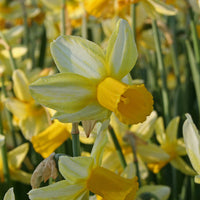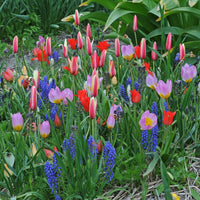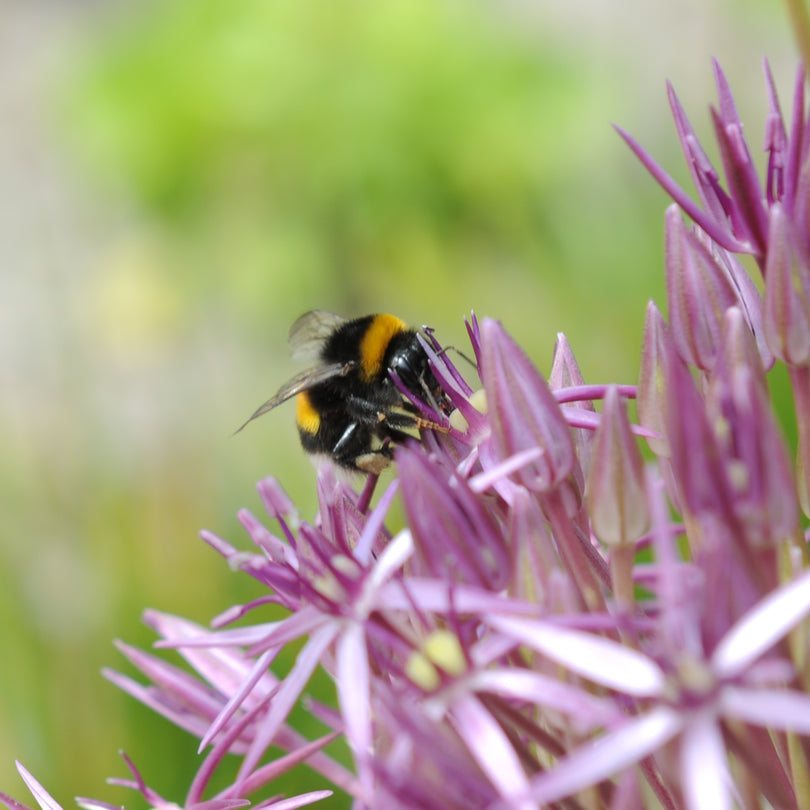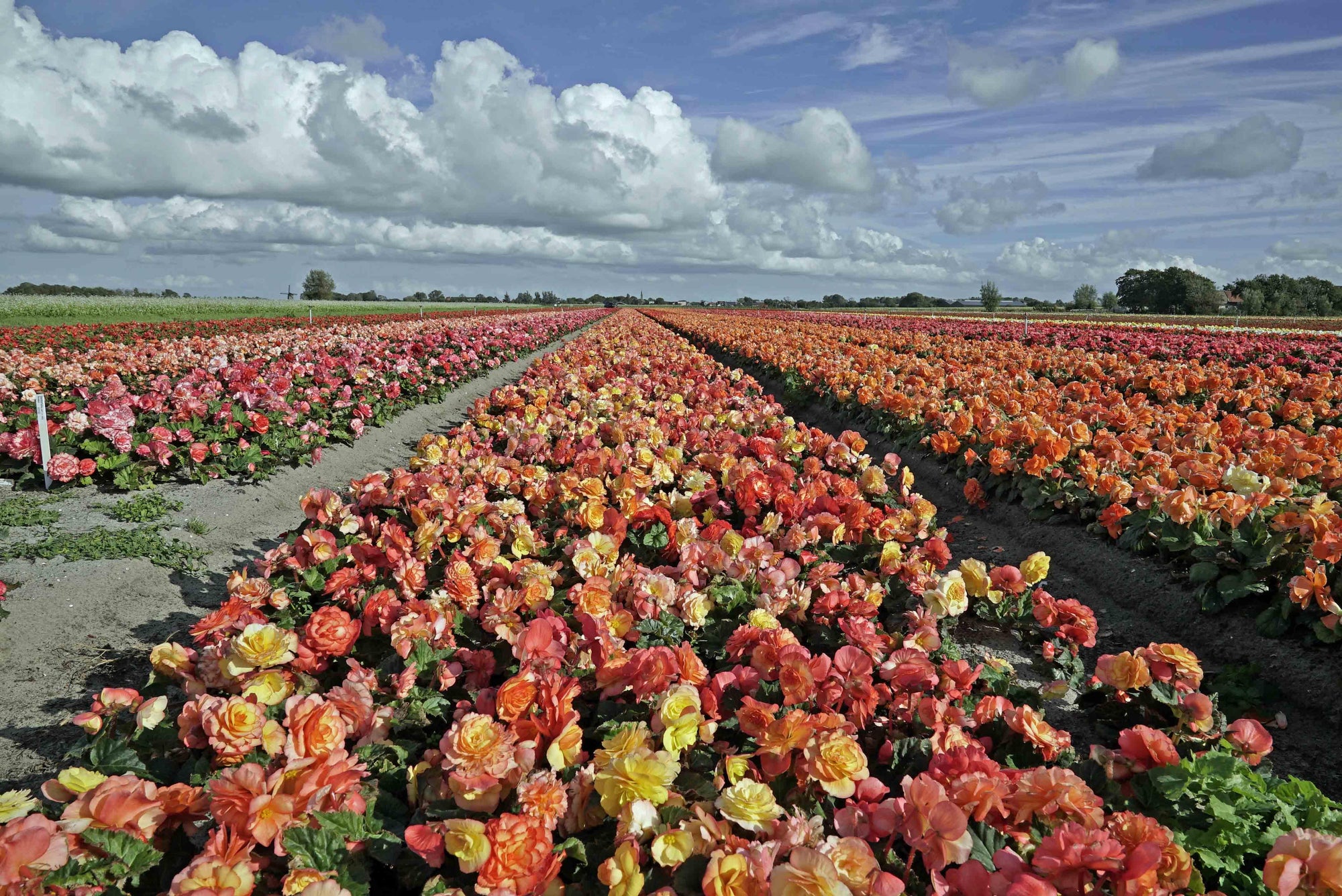Compared to many other flower bulbs such as the Tulip, the Dahlia, the Hyacinth, the Lily, the Narcissus and so on, the Begonia is a relatively unknown bulbous plant. Actually, I should write tuberous plant here because the Begonia is a tuber, just like the beet.
I will try to explain as carefully as possible how to handle the Begonia. Last week I said at the end of the newsletter that I would tell you in scented colours that you should do absolutely nothing with your begonias that are in pots, but I want to come back to that.
That's how I usually do it, but our Begonia supplier, Suzanne Kolken, advised me not to say it that way. In the soil in a pot or in the soil in the garden there are more living creatures that can nibble on the tuber and thus create angles for fungi that can cause the tuber to rot.
So, we are going to get the tubers out of the garden and out of the pots. If it is not freezing, a Begonia can survive in the garden or outside in a pot, but with a somewhat higher risk of rot as mentioned above.

When the Begonia starts to die you will see that the leaves will fall off first, leaving a pot with bare stems. You are tempted to remove the tuber from the pot now, but do not do this.

The Begonia is still too alive and the roots and stems are still too attached to the tuber, which can damage the tuber when cleaning.

It is better to wait until the Begonia has completely died. You will see that the stems will now also roll off the tuber almost automatically. The roots will also have died now and you will see that you can easily scrape the tuber out.
If you were to do this with a tuber that has not yet completely died, you would make lots of small wounds in the skin of the tuber when pulling the roots loose. Sometimes even a whole piece of skin comes along if the roots are still too tight. If that happens, the tuber is not immediately lost, but it does increase the chance of mold and rot during storage.
Store the Begonia tubers with the Dahlias during the winter. Begonia tubers do not need to be wrapped as well as the Dahlia because they are less sensitive to drying out. But they do like the same frost-free environment with a temperature somewhere below 10 degrees Celsius.
Once you have done this, you will have a few empty pots again and a few of the repots are actually quite nice enough to put in your home. So you will first order a few Amaryllis bulbs in the Fluwel webshop to put in these beautiful pots.
Sorry dear readers, at work they sometimes say that I am not businesslike enough, hence this commercial message. But, I will not be too pushy and not tell you that you can plant a few beautiful low Tulips in the garden on the spots where you have dug up the Begonias.
We continue with the Begonia, leave the tubers alone until about mid-March. Now you can, if you want, force the Begonia tubers. What you do with forcing is actually shaking the Begonia awake a bit earlier so that you can enjoy its bloom longer.
In March and April it is still far too cold outside for the Begonia to start growing but you can easily force it indoors. Place the tuber in a small pot on a thin layer of potting soil and then cover it with a layer of potting soil. Place the pot on a saucer, dish or something similar and place it in a light spot in a cooler room in the house. Keep the soil moist and you will see that the tuber will start to sprout.
She will also start to make roots, so don't let the soil dry out. When the chance of frost has passed, somewhere in early May, you can take the tuber out of the pot and plant it in the garden or in a larger pot. If you do this, you will certainly enjoy your Begonia for a month longer.
If you plant the Begonia in the garden, do not place it in full sun. They do well in the sun, especially in the Netherlands where the light intensity is not so high, but I often see that they can become much more beautiful in a bit more shade and the flowers bloom much fresher and longer.
Greetings and see you next week,
Carlos van der Veek












